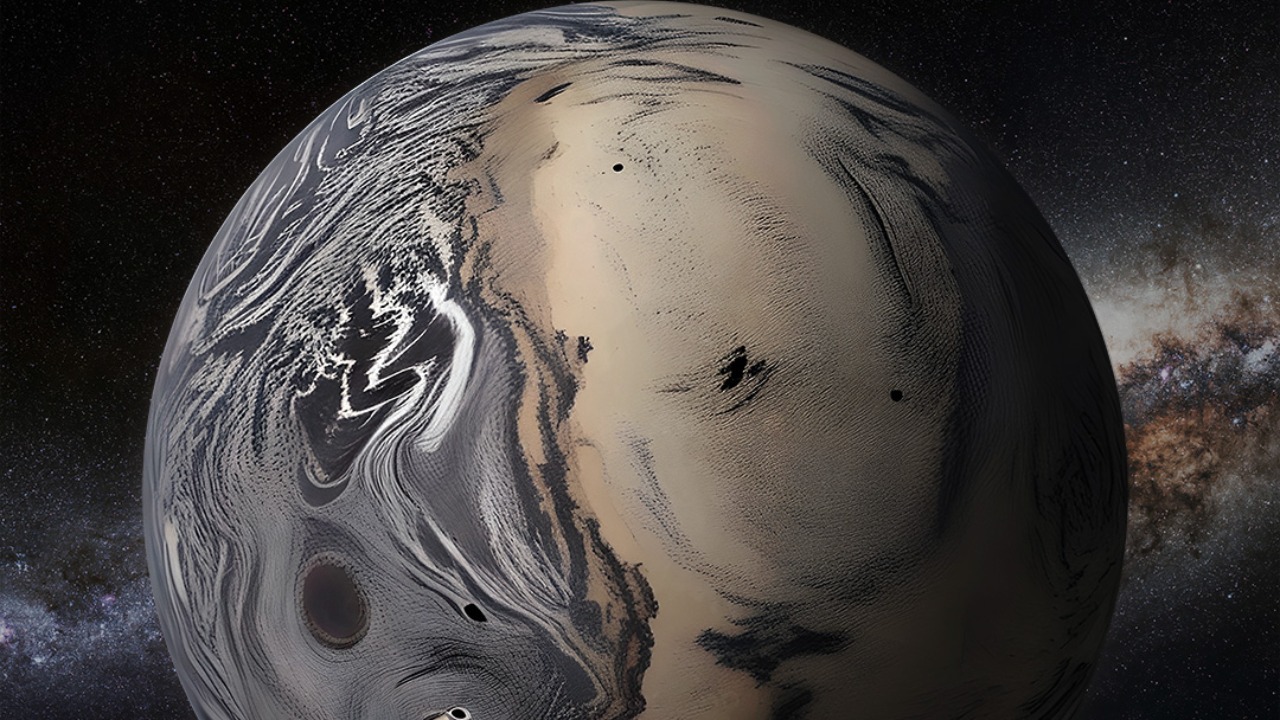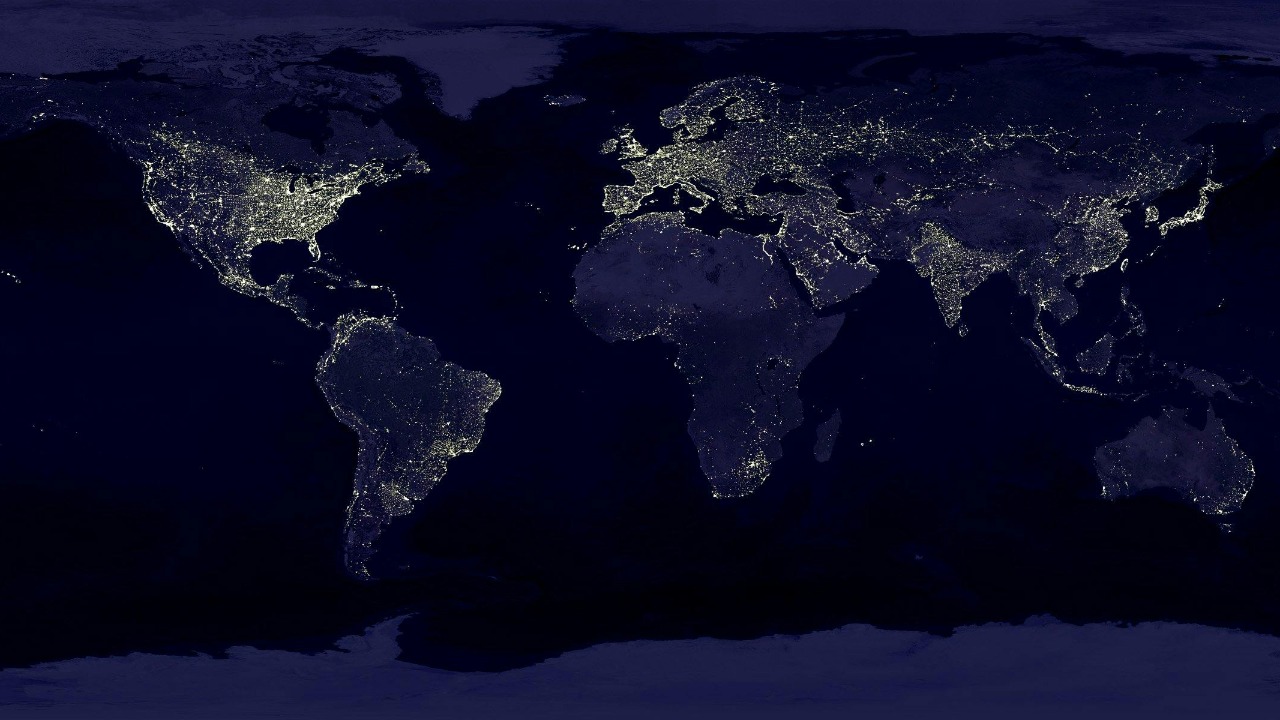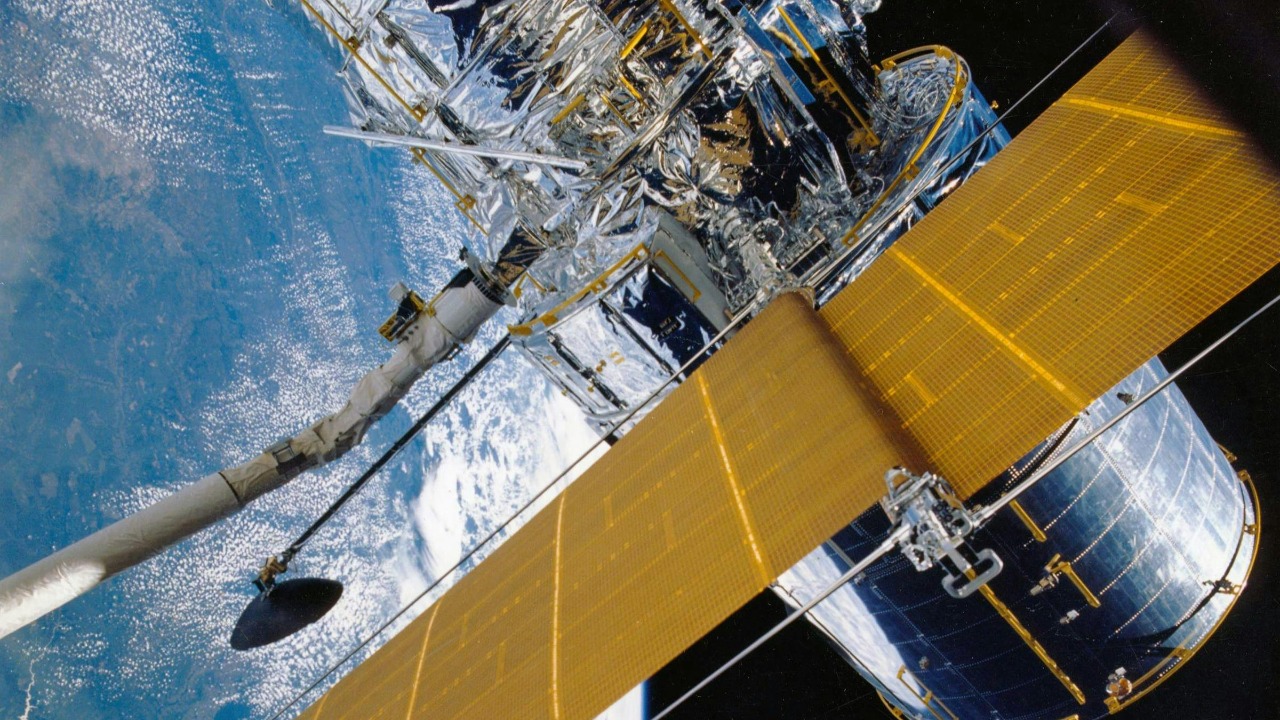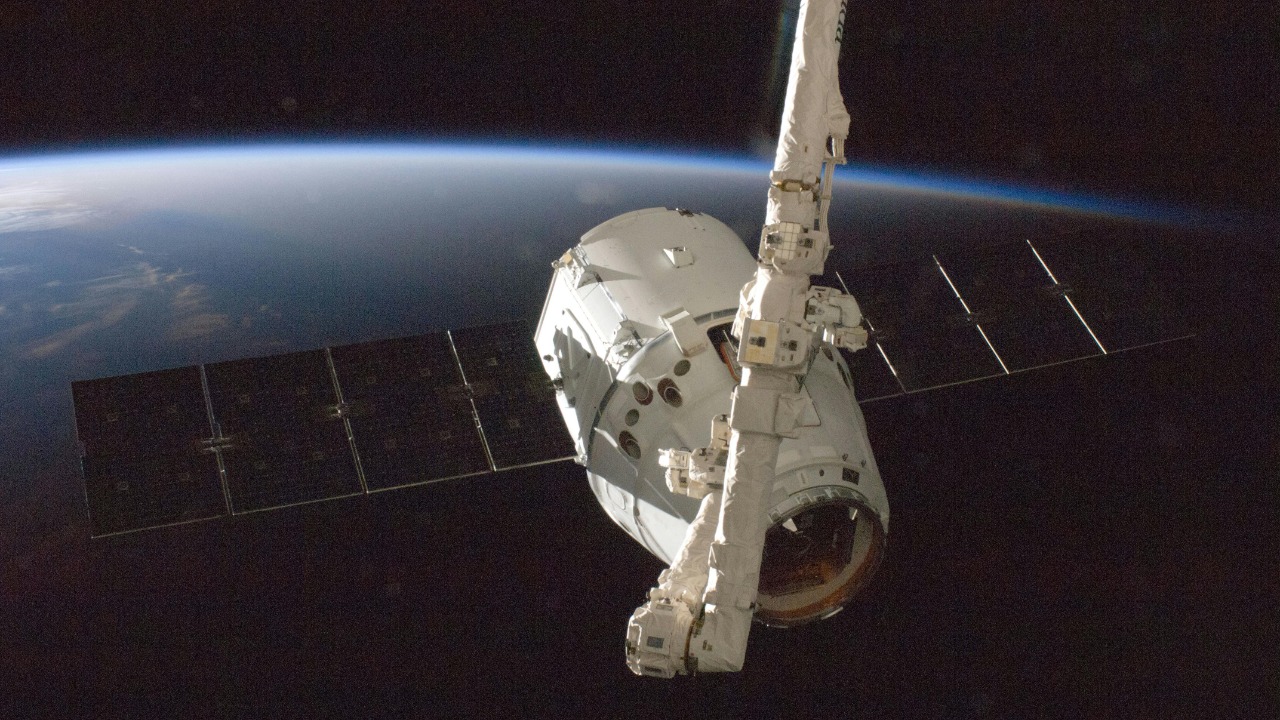
In the vast expanse of space, rogue planets drift through the cosmos, untethered by a star’s gravity. While these free-floating celestial bodies capture the imagination, they also prompt a chilling question: Could one of these rogue planets collide with Earth and lead to our annihilation? To address these concerns, NASA provides insights into the probabilities and potential impacts of such an event.
Understanding Rogue Planets

Rogue planets are celestial bodies that do not orbit a star and instead wander freely through the galaxy. These planets can originate from a variety of sources, such as being ejected from their original solar systems or forming independently in interstellar space. Unlike planets that orbit a star, rogue planets lack a consistent source of illumination, making them difficult to observe and study.
Detecting rogue planets poses significant challenges for astronomers. Their lack of illumination means they do not emit their own light, and their vast distances from Earth make them faint and elusive targets. Techniques such as gravitational microlensing and infrared observations have been employed to identify some of these planets, although the efforts are akin to finding a needle in a cosmic haystack.
Despite these challenges, astronomers have identified a few rogue planets. For instance, a recent discovery highlighted in Newsweek focused on the identification of rogue planets in our galaxy, providing scientists with valuable insights into their characteristics and behavior. These discoveries are crucial steps toward understanding the prevalence and nature of such celestial wanderers.
Theoretical Impacts on Earth

The potential collision of a rogue planet with Earth is a scenario that, while unlikely, could have catastrophic consequences. A direct impact would release an unimaginable amount of energy, likely leading to widespread destruction and potentially the extinction of life as we know it. The hypothetical outcomes are grim, ranging from massive earthquakes to complete obliteration of the Earth’s surface.
Even without a direct collision, the gravitational effects of a rogue planet passing near Earth could be disastrous. A close encounter could alter Earth’s orbit or axial tilt, leading to severe climate changes and disruptions in the planet’s natural cycles. Such a disturbance could have long-lasting effects on the global climate, affecting everything from weather patterns to sea levels.
In comparison to asteroid threats, rogue planets present a different kind of risk. While asteroids are more commonly discussed due to their prevalence and history of impacting Earth, rogue planets are much larger and less predictable. The probability of an asteroid impact by 2032 is a reminder of the potential hazards we face, yet the sheer size of a rogue planet would result in far greater devastation.
NASA’s Perspective and Preparedness

NASA is actively engaged in monitoring space for potential threats, including rogue planets. Their efforts involve using advanced telescopes and satellite technology to scan the skies for any object that could pose a risk to Earth. However, the detection of rogue planets remains a formidable challenge due to their elusive nature and the vastness of space they inhabit.
The technological hurdles in detecting and potentially redirecting a rogue planet are significant. Current technology is not yet capable of effectively tracking these distant wanderers or altering their course. The scientific community continues to explore innovative solutions, but the task requires advancements in both observation techniques and propulsion technology.
Statements from NASA experts suggest that the likelihood of a rogue planet colliding with Earth is extremely low. Nevertheless, the agency remains vigilant, recognizing the importance of preparing for even the most improbable scenarios. In the words of NASA officials, understanding and mitigating such risks is a crucial aspect of planetary defense.
Potential Mitigation Strategies

Various planetary defense initiatives are in place to address threats from large celestial objects. International collaborations and research efforts aim to develop strategies for deflecting or mitigating the impact of potential threats. While these initiatives primarily focus on asteroids, the principles could be adapted to address the challenge of a rogue planet.
Redirecting a rogue planet, however, is a daunting task. Hypothetical methods, such as employing nuclear explosions or gravitational tractors, have been proposed in scientific literature and online discussions. These concepts remain largely theoretical, highlighting the need for continued research and technological development.
The feasibility of human intervention in preventing a catastrophic event involving a rogue planet is limited by current technology. While advancements are being made, the scale and complexity of such an endeavor require significant progress in space exploration and engineering. Nonetheless, the pursuit of these goals is essential for ensuring the long-term safety of our planet.
Public Perception and Science Fiction Influence

Rogue planets have long been a popular subject in science fiction and media, often depicted as harbingers of doom. These portrayals, while entertaining, can influence public perception and fuel misconceptions about the actual risks posed by these celestial bodies. It’s important to differentiate between fictional scenarios and the scientific realities of space exploration.
Educating the public about the realistic threats posed by rogue planets is crucial. By providing accurate information and fostering a better understanding of space phenomena, we can reduce unnecessary fear and promote informed discussions. Engaging with online communities, such as those found on Reddit, can also help scientists and educators address misconceptions and encourage curiosity about the universe.
The role of online platforms in shaping public understanding cannot be underestimated. As discussions about rogue planets continue to unfold on forums and social media, it is essential to ensure that these conversations are guided by accurate information and scientific inquiry. By fostering a culture of curiosity and critical thinking, we can better prepare for the challenges and wonders of the cosmos.